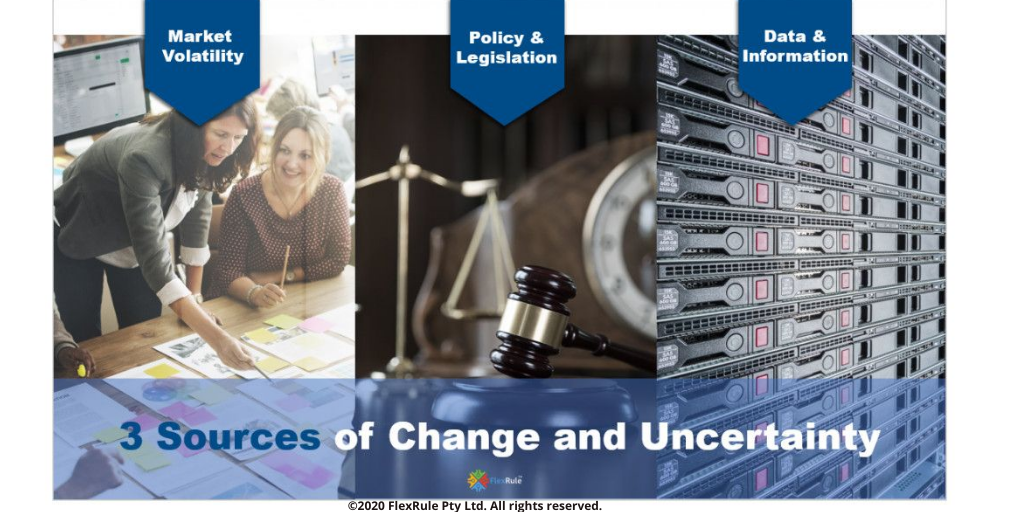The Opportunity Cost of Not Automating
Share at:

If there is one thing that I have learned in the last five years of building, leading, scaling, and providing advisory support for automation programs, it is this: there is an opportunity cost to not automating. Experience has taught me that the risks and costs of waiting to automate processes far outweigh any perceived benefit of waiting for other initiatives to complete.
Far too often, well intentioned automation center of excellence (CoE) leaders and business sponsors make the costly mistake of focusing last on automation. The thinking goes “first we will stabilize the processes with people and then automate at the end.”
In this article, I will take a contrarian point of view and argue that any new or changing process should be designed with automation from the start. Every executive sponsor, business unit leader, and automation program leader should align on the priority and urgency of automation in helping the business to meet its near-term and long-term objectives.
According to a Gartner Insights article, the average company has gone through five major company-wide organizational changes in the past three years with nearly 75% expecting to multiply the number of major change initiatives over the next three years. This inevitable and constant change helps organizations succeed in an ever-changing market and competitive landscape. Automating your business processes as early as possible is a competitive advantage for your business, plain and simple.
Stable-state processes rarely exist
When a new process is designed for humans to execute, there is never any surprise when the process needs to change to meet new business requirements or when it is optimized over time. Everything from the individual steps to be followed, the systems used, and the experience of the people involved will continue to evolve over time.
Automation, and specifically robotic process automation (RPA), can help accelerate process changes in a less disruptive manner.
For example, imagine an organization that knows they are going to change their human resources (HR) onboarding platform in several months. Some might argue that it is best to wait until the system replacement is completed, the new onboarding process has been fully defined and executed to work out any issues, and then automation should be considered.
However, there is a cost to taking this approach that must be considered seriously by business unit leaders. With this approach, the organization will operate with a sub-optimal process for months while waiting for a system replacement. I would call this approach ‘automation last’ and the clear distinction between this approach and an ‘automation first’ approach is depicted below.

The automation last mentality is especially high risk for the organization if there are significant volume changes between now and when the system goes live which would leave the organization with limited options. In this example, if there were to be a large hiring initiative by the company to support a business unit, the onboarding process would be put under pressure and the organization would have to hire additional resources to handle the volume or place the overtime burden on existing employees.
Additionally, there may be other risks and issues with the current state process that the system replacement would specifically address like weak risk controls, data gaps, and the inability to handle new business requirements.
RPA solutions can be built and deployed rapidly in advance of the system replacement and achieve a quick ROI while freeing up even more subject matter expert (SME) capacity to focus on upcoming initiatives.
In this HR onboarding example, RPA could be put in place quickly for activities such as initiating account setup, system access requests, hardware procurement, training enrollment, direct manager notifications and reminders, in addition to auditing any incomplete steps. In the near term, the organization can free up capacity or even handle volume increases with the instant scale that automation provides. When the system replacement is in place, the RPA platform can easily and quickly be updated to connect to the new system and re-training of the HR employees will be more limited (or avoided entirely).
There is a human toll when automation is the last stop
According to McKinsey & Company, 73% of change-affected employees report experiencing moderate to high stress levels. Waiting to automate a process after an impending change to a system increases the toll on employees and can be a contributor to employee stress. An employee will have to go through a minimum of two rounds of change management.
First, the employee will need to go through change management once when the system change takes place, learning how the steps of the process have changed and learning how to use the new system. Oftentimes, going through this round requires dedicated time to getting trained in the new system.
Round two of change management will happen post go-live of the system when automation is finally built to execute steps of the process. In this round, the employees will now have to learn what steps the robots will take and any interactions between them and the robots. Having to learn a system and process only to use that knowledge for a brief period is frustrating for employees and wasteful for the organization.
The easiest path for the employee is to have a single round of change management by introducing automation to the process now and then managing any changes to the process, including changing the underlying systems, by adjusting the steps performed by the robot.
Some will say that there is a cost in making these code changes for the software robot, but the organization is only making that change in one place. Whereas in the current state the organization would be investing much more in terms of capacity and opportunity cost in having to manage training and communication for dozens or even hundreds of employees. Additionally, any time there is change management with people, there is risk to the overall process due to the lack of knowledge and experience navigating the new system.
It must also be noted that with RPA, it is possible to make changes to automation quickly and at a low cost.
Every organization should ask themselves what is less disruptive and time intensive: performing a code change on a single automation or change management with dozens (or more) employees in your organization.
Time-bound opportunities
Timing plays an important part in the success or failure of any organization. Being able to make strategic decisions and take quick action is necessary in an increasingly competitive world. There are organizations in the same industry and sector as your company that are actively deploying robots across every business unit across the enterprise. These organizations have strategic objectives they are targeting such as increasing efficiency, reducing costs, improving customer satisfaction, retaining employees, reducing risk, and providing capacity to seize a time-bounded opportunity as well as long-term scale.
In the past, the only option to seize a near-term opportunity where capacity was needed quickly was to onboard contractors, perform rapid hiring, or have employees work overtime as much as possible. With automation, organizations now have instant scale with robots available at the ready.

The best example I have seen of this recently was with the effects of the COVID-19 pandemic. Volume fluctuations occurred in about every industry. Small business loans, home refinancing, online ordering, delivery services, and mobile services are just a few examples where organizations in those fields were pushed to the brink as they had process volumes that they could not handle given the size and speed of their human workforce. The organizations that had robots already assisting with their critical processes were able to seize the opportunity that others were not.

This pattern is not limited to global pandemics. There are many external factors that could suddenly shift volume for your organization, as shown in the graphic above. It would make sense that your organization should target to automate all processes that are critical to business operations and that are likely to have volume increases over time. Doing so protects your organization against the risk of not being able to seize a time-bound opportunity. Additionally, there are ongoing benefits of scaling with automation as volumes gradually increase over time.
The time to automate is now
Why are you waiting to automate your business-critical processes? As I explained in this blog post, doing so early will ensure that you:
Are prepared for short-term and long-term volume increases without disruption
Can acquire benefits in the near term by freeing up capacity from your valuable employees
Lessen the amount of change management for your employees
By waiting for stability to automate, which may never come, you are potentially placing your organization at a competitive disadvantage.
System replacements, process optimizations, and shifting of resources will be constant in your organization so you must integrate automation now to quickly reach your strategic business goals.
We spoke with industry leaders about this topic at length during the "UiPath Live: It's Time To Automate" event. Missed it? You can still access the recording.

VP - Strategic Engagements & Operations, UiPath
Get articles from automation experts in your inbox
SubscribeGet articles from automation experts in your inbox
Sign up today and we'll email you the newest articles every week.
Thank you for subscribing!
Thank you for subscribing! Each week, we'll send the best automation blog posts straight to your inbox.



